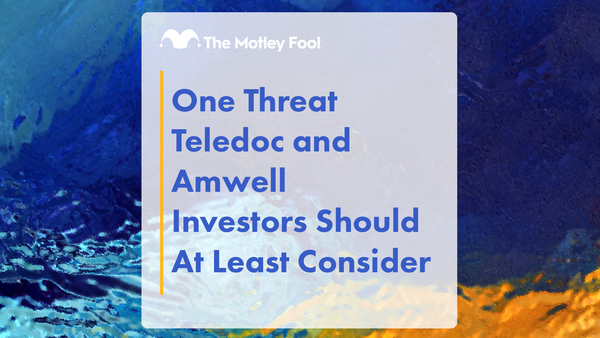For investors in Valeant Pharmaceuticals (VRX +2.17%) and Anacor Pharmaceuticals (NASDAQ: ANAC), it's an exciting time. Both of their Onychomycosis (a nail infection caused by fungus under the toenail or fingernail) drugs will hopefully hit the market within the next few months. While Valeant's Jublia already gained FDA approval, Anacor will be waiting until July 29 for the FDAs decision. As the companies prepare to compete with each other in the marketplace it is important for investors to attempt an analysis of the sales potential and efficacy of each drug and how they compare.
Clinical data: Who wins?
Comparing between trials is problematic because the drugs have not been tested in head to head trials. However, we are able to draw some inferences from both companies' phase 3 trials as they had a similar primary endpoint which was rate of complete cure. For the primary endpoint, Jublia demonstrated statistically significant complete cure rates of 17.8% and 15.2% in two different trials. The drug was also well tolerated and had a safety profile similar to the control.
Anacor's drug Kerydin demonstrated a complete cure rate of 6.5% and 9.1% in its two phase 3 trials. Similar to Valeant, the drug was found to be safe and effective with a similar adverse event profile to the vehicle. Having the results of both trials, we are now able to compare.
It appears that Jublia may be more efficacious due to its higher cure rate. Both drugs had similar safety profiles, so safety is not a concern. Of course, the big question is whether Valeant will be able to leverage those results and its substantial size advantage to gain a larger market share than Anacor.
Market potential
Valeant is guiding for U.S. Jublia sales to peak between $300 and $800 million. Worldwide peak sales potential will increase as Valeant obtains approval in other markets. Anacor will also have its niche; according to one estimate, Anacor's drug has a peak sales potential of $600 million. A sales ramp-ump will hopefully help move Anacor into profitability, as it lost $21 million last quarter.
While at the top end Jublia could potentially earn more than Kerydin, Anacor is much more tied to Kerydin. Anacor has no marketed products and minimal revenue, so a product approval will matter much for fundamentally to the company. While more sales are always welcome at Valeant, a few hundred million just won't move the needle as much for a company that made $5.8 billion last year.
The bottom line
While Anacor may be at an efficacy disadvantage, a drug approval and the potential for commercial success of Kerydin will matter significantly to the company and its pipeline opportunities moving forward. Investors will want to keep a close eye on the FDA on July 29th for Anacor, and watch to see what commercialization looks like for both drugs.





